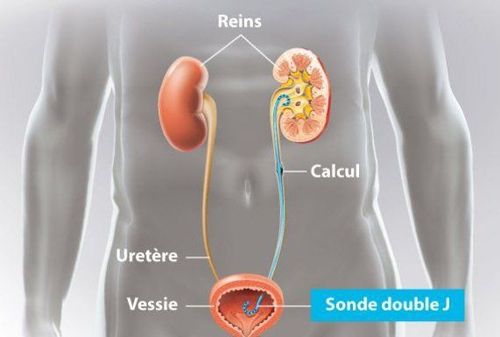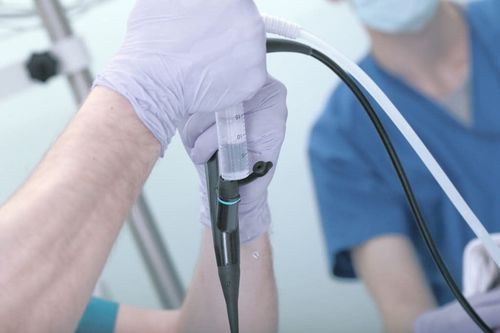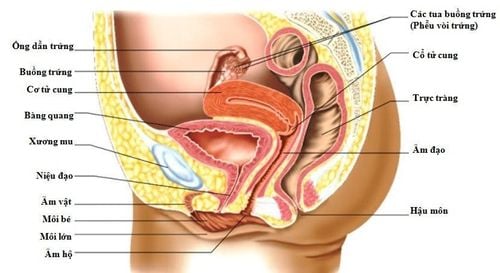This is an automatically translated article.
Bladder tumors account for the highest rate of urinary tract cancers. If not treated properly, bladder tumors can completely recur. Laparoscopic surgery is an effective method to remove recurrent bladder tumors.
1. Indications for laparoscopic resection of recurrent bladder tumors
Tumor is determined through clinical and subclinical as superficial tumor, stage Tat1 according to the classification table of the international organization against cancer (UICC) Solitary tumor: 2-3 tumor or as diffuse tumor; Size less than 3cm.
2. Contraindications for laparoscopic resection of recurrent bladder tumors
Urethral stricture Urinary tract infection Patients with diseases of the pelvis and hips cannot lie in the obstetric position. Contraindicated with progressive diseases such as: liver failure, cardiovascular disease, diabetes, blood clotting disorders.

Người mắc bệnh tim mạch không được phẫu thuật cắt u bàng quang tái phát
3. Preparation steps for laparoscopic resection of recurrent bladder tumors
3.1 Preparation Performer: the surgeon is a urological surgeon.
Facilities:
Endoscope system: monitor, wire and light source, camera, optic, electric knife. Cutting tools: Urethral tube, Antenna and angioplasty. Washing water system: water line in, water line out, sorbitol solution, Syringe pump for irrigation. Other tools: Urethral dilator rods of all sizes, 3-prong urinary catheters of all sizes. Patients: The patient is enema and fasting before surgery.
Patient records:
Patient records, basic tests, chest X-ray film, ultrasound, computed tomography, electrocardiogram. Bacterial test, antibiotic chart to treat bacterial infection. 3.2 Carrying out laparoscopic resection of recurrent bladder tumors Checking records: minutes of consultation, commitment to surgery, minutes of surgery approval, minutes of preoperative examination and pre-anesthesia.
Check the patient.
Position: The patient lies in the obstetric position. Endotracheal or spinal anesthesia.
Technique:
Place the endoscope into the bladder. Evaluation of bladder tumor lesions Resection of the bladder tumor to the muscular layer of the bladder. Burning hemostasis Pump washing to take specimens sent for pathology. Unplug the machine, place a 3-prong urinal catheter to wash continuously.

Tiến hành gây mê nội khí quản trước khi phẫu thuật
Monitoring patients after laparoscopic resection of recurrent bladder tumors:
Full body monitoring, assessment of infection, postoperative bleeding. Monitor urine: color, quantity, urine circulation status. Monitor abdominal status after surgery. Prophylactic treatment of infections with antibiotics. Withdrawal of the catheter after a few days of treatment when the urine is clear depends on the size, number and extent of the bladder tumor. 3.3 Complications after laparoscopic resection of recurrent bladder tumors Some patients will experience possible complications as follows. During monitoring, the doctor will detect and treat the appropriate complications:
Urinary tract infection: Anti-infective treatment Bleeding: Laparoscopic or open surgery to stop bleeding Bladder perforation: Open surgery stop bleeding, suture bladder perforation. At Vinmec International General Hospital, laparoscopic cystectomy using bipolar knives has outstanding advantages for patients:
Less bleeding, less pain Short hospital stay (50% of patients after treated and discharged on the same day.; 40% can stay in the hospital for 1-2 days) No need to put a bladder drain after treatment No scarring No side effects, few complications.
Please dial HOTLINE for more information or register for an appointment HERE. Download MyVinmec app to make appointments faster and to manage your bookings easily.











